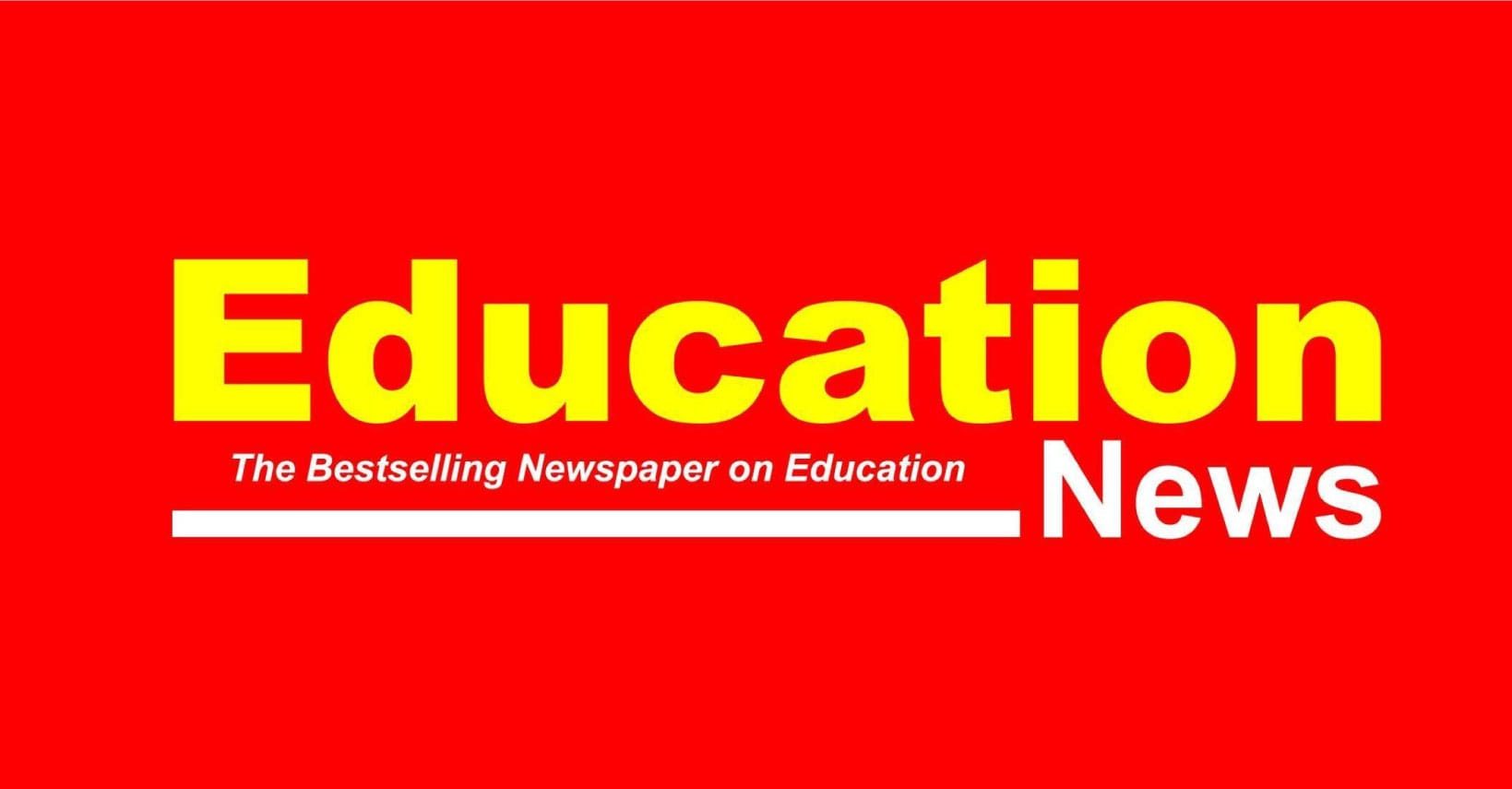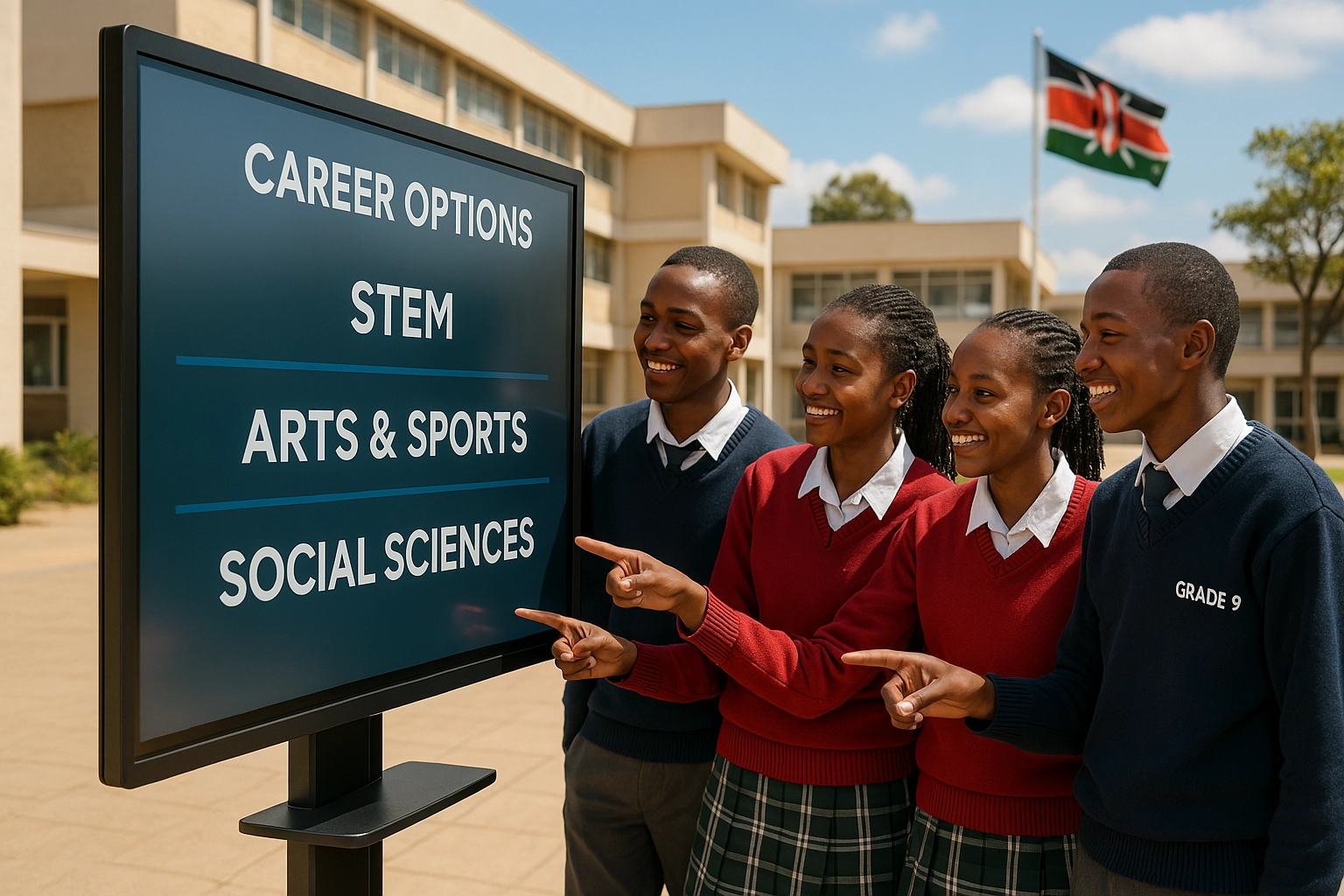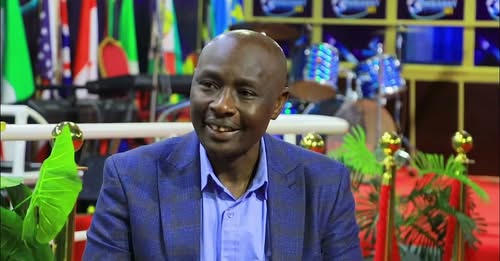Placement of learners into senior school (Grade 10) marks a critical stage in the implementation of the Competency-Based Education (CBE). It is the point at which learners’ transition from Junior Secondary School to Senior Secondary School, a stage where they begin to specialize in pathways and subjects aligned with their strengths, interests and future aspirations. The Ministry of Education has outlined a comprehensive and structured approach to ensure fairness, inclusivity and alignment of talent with opportunities, making the placement process a significant determinant of both individual and national educational outcomes.
Placement will be based on several key parameters. The first and perhaps the most important is the learner’s choice. Learners are expected to select pathways, tracks and subject combinations that best align with their career aspirations, talents and personal interests. The CBE is designed to empower learners to take control of their own learning journey, and giving them choice at this stage ensures they develop a sense of responsibility in shaping their academic and professional future. However, while choice is emphasized, it must also be matched with academic performance and psychometric assessments to ensure that learners are guided into tracks that best suit their capabilities.
The second determinant of placement is merit. Learners’ academic performance in the Grade 9 assessment plays a vital role in determining where they will be placed. This merit-based component ensures that learners who have demonstrated strong academic abilities are rewarded with placement opportunities that reflect their effort and achievement. At the same time, merit prevents arbitrary placement and ensures that academic standards remain central in the transition process. However, unlike the old system where exam scores were the only determinant of placement, CBE incorporates a more holistic view that blends merit with interest and aptitude.
ALSO READ:
Nyamira University construction to start tomorrow, MP Osoro reveals
Psychometric tests form the third pillar of placement. Conducted by KNEC, these tests are designed to identify learners’ aptitude, talents, and interests. This aspect ensures that learners are not placed purely on academic scores but are guided into pathways that align with their strengths and passions. For example, a learner who may not excel in theoretical subjects but shows strong aptitude in technical and practical skills can be guided into Technical Studies, ensuring that their potential is nurtured and maximized. This shift from a one-size-fits-all academic focus to a holistic appreciation of diverse talents represents a major milestone in Kenyan education.
Equity is also an essential consideration in placement. The Ministry has emphasized regional balancing to ensure that learners across the country have fair access to placement opportunities. No learner should be disadvantaged by their geographical location, and placement policies seek to level the playing field between urban and rural learners. This measure is particularly significant in addressing historical inequalities in access to quality education and ensuring that learners from marginalized areas can access the same opportunities as their counterparts in well-resourced regions.
The capacity of schools also plays a key role. Availability of space, facilities and resources in respective schools will influence placement decisions. While a learner may choose a particular school or track, placement must also consider whether the institution has the facilities and teachers to support that choice. For example, a school with limited laboratory facilities cannot admit more learners into Pure Sciences than it can handle. To address this, learners who miss a place in their school of choice will still be placed in other schools offering the same pathway and subject combination. Importantly, no learner will be denied the opportunity to join senior school.
Placement into Grade 10 will also be guided by the clustering of learning areas. At Junior School, learners engage in broad areas of study which are clustered to determine their progression into specialized pathways. For instance, the STEM pathway is subdivided into Pure Science, Applied Science and Technical Studies. Learners in Pure Science will pursue subjects such as Mathematics, Chemistry, Physics, and Biology and their placement will be informed by performance in integrated science and mathematics at Junior School.
ALSO READ:
How teachers can achieve fair balance of professional duties and personal issues
Those inclined towards Applied Science will take Agriculture, Computer, and Home Science, while Technical Studies will open doors to aviation, building construction, electricity, power mechanics, metal work and woodwork, all aligned with their performance in pre-technical studies and mathematics.
Beyond STEM, other pathways are equally important. Social Science is split into Language and Literature, where learners specialize in literature, foreign languages, and indigenous languages, and Humanities, which cover Religious Education, History, Citizenship, Business Studies and Geography. Arts and Sports Science pathway includes Arts, where learners focus on music, dance, theatre, film, and fine art, and Sports Science, which emphasizes sports and recreation. In all these, placement is informed by learners’ performance in related subjects at Junior School. This clustering ensures that learners progress logically into areas where they have already demonstrated competence and interest.
Another critical factor in placement is learner personality and interest. Placement is not purely academic but also takes into account learners’ personal aptitudes and preferences. Learners undergo assessments that evaluate their interests, and these outcomes are used to calculate the cluster weight for various tracks. For example, a learner with a strong artistic personality and interest in creative arts will be guided into the Arts track, while another who thrives in physical activities and shows interest in sports will be directed towards Sports Science. This ensures that learners pursue education in areas where they are likely to excel and find personal fulfillment.
Placement into Grade 10 is therefore a multi-faceted process that balances academic achievement, personal choice, aptitude, equity and institutional capacity. It ensures that learners are not just pushed into tracks arbitrarily but are guided into areas where they can thrive, contribute meaningfully to society and fulfill their potential. By considering learners’ personalities, interests, and abilities alongside academic performance, the CBC placement process promises to produce well-rounded individuals who are prepared for the diverse demands of the 21st century. This thoughtful approach also ensures inclusivity, as no learner is left behind and every child is given the opportunity to transition smoothly to senior secondary school. Ultimately, placement into Grade 10 is not just about assigning learners to schools and subjects but about laying a solid foundation for lifelong learning, career development, and national progress.
By Ashford Kimani
Ashford teaches English and Literature in Gatundu North Sub County and serves as Dean of Studies.
You can also follow our social media pages on Twitter: Education News KE and Facebook: Education News Newspaper for timely updates.
>>> Click here to stay up-to-date with trending regional stories
>>> Click here to read more informed opinions on the country’s education landscape






